Introduction
The decision to buying land for your dream home in Texas is a significant investment that provides a canvas for personal expression, self-sufficiency, and future value. In this guide, we’ll walk you through a systematic approach to choosing the perfect plot of land, highlighting key factors to consider and essential actions to take. Through each step, you’ll gain insights that will empower you to make informed decisions and avoid common pitfalls.
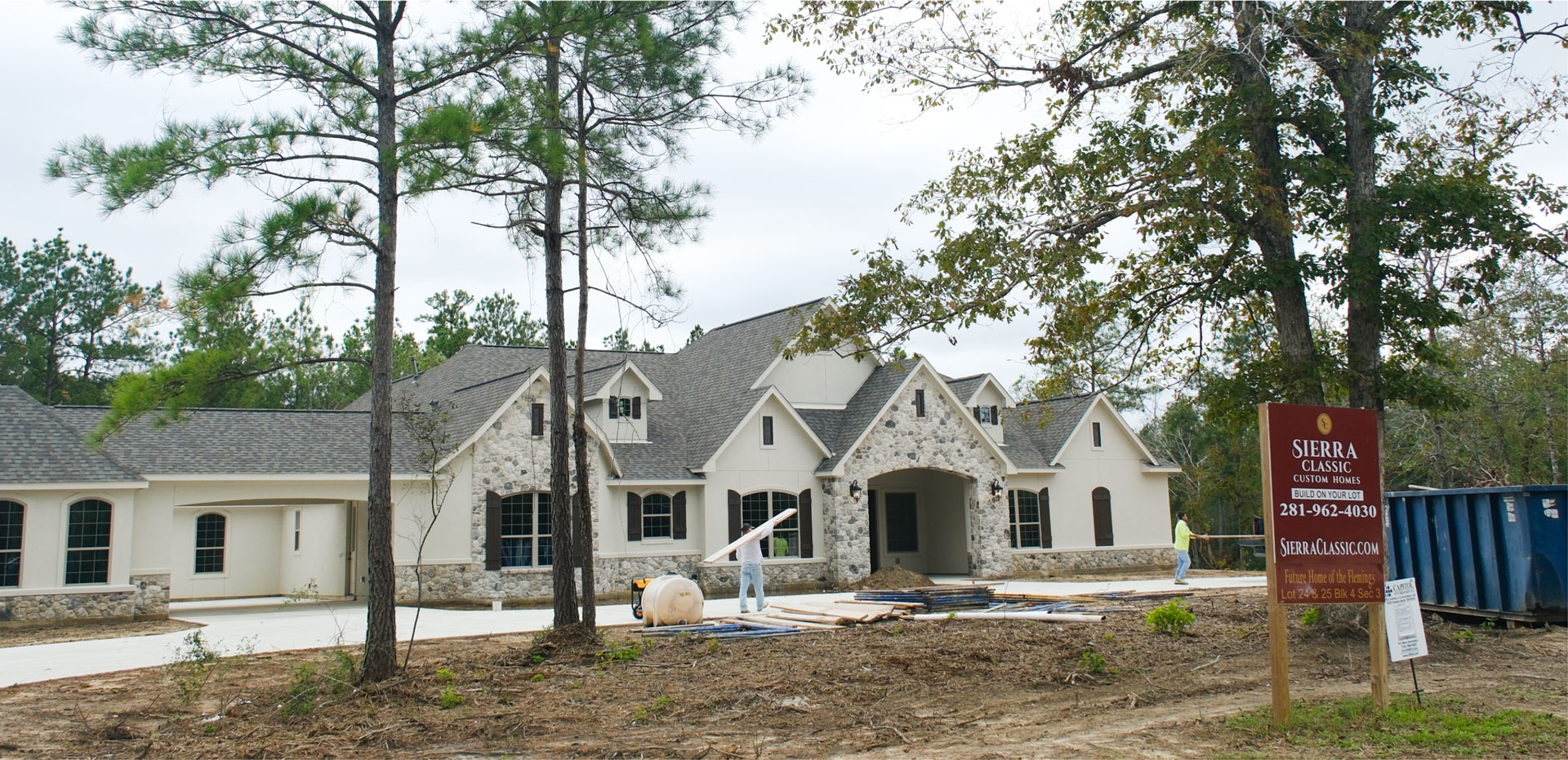
Step 1: Define Your Needs and Budget
Understanding your needs and setting a budget are the foundational steps in buying land for your dream home. Here’s how to get started:
ASSESS YOUR REQUIREMENTS AND PREFERENCES
Before you begin your search, it’s essential to define the characteristics of the land that will complement your home design plans and lifestyle. Consider the size of the property, its use (e.g., agricultural, recreational), the desired landscape (flat, sloped, wooded), and any specific environment you prefer.
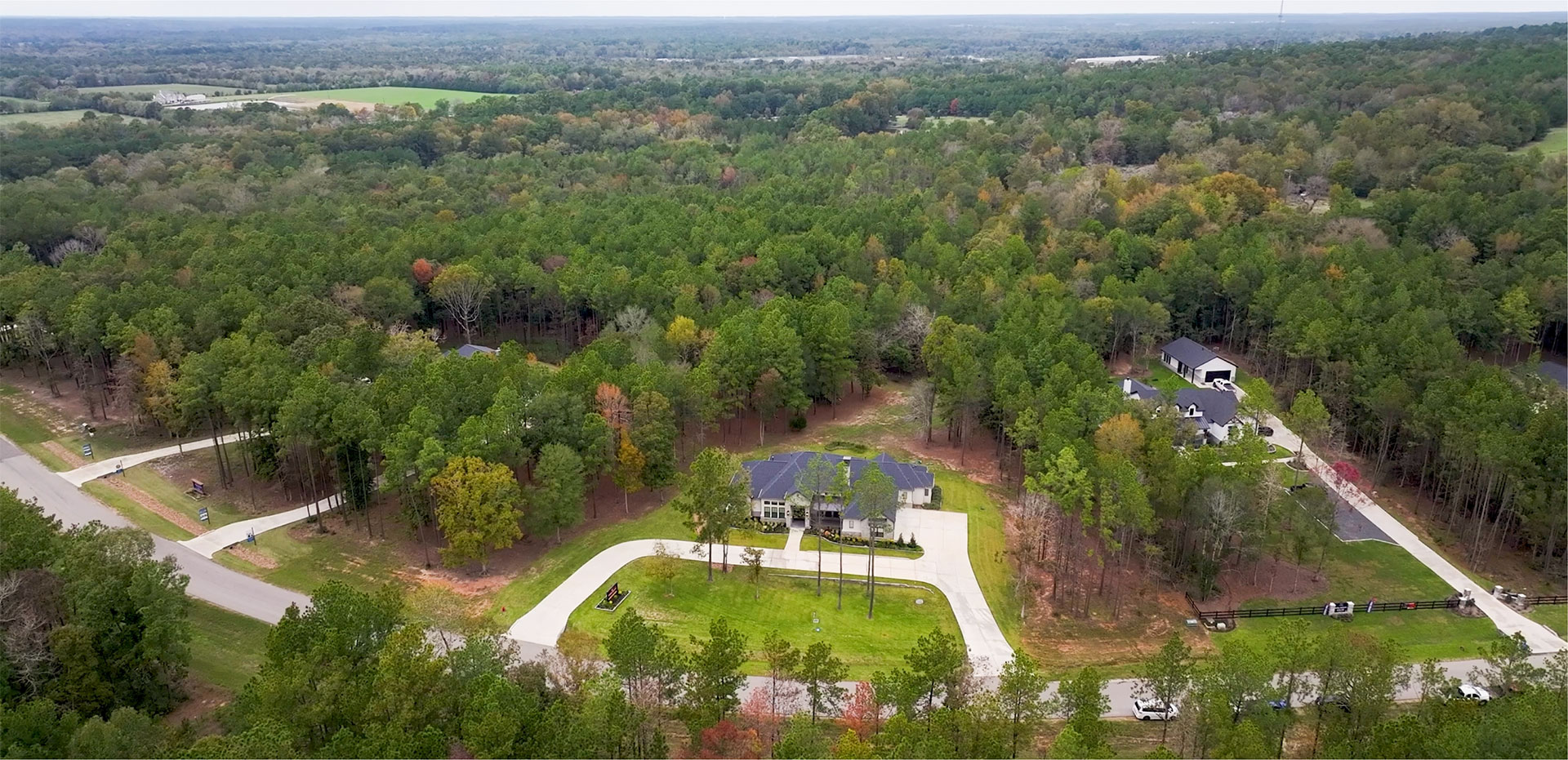
Step 2: Research and Location Analysis
Finding the right setting for your custom home is about more than just aesthetics. You’ll need to research and analyze different locations to ensure they meet your long-term needs.
IDENTIFY SUITABLE LOCATIONS
Look for areas that resonate with your lifestyle and oer the amenities you desire. Take into consideration local schools, public services, access to highways, and the overall atmosphere of the community.
EVALUATE AMENITIES, PROXIMITY, AND FUTURE DEVELOPMENT
Consider what’s nearby or forthcoming, such as shopping centers, hospitals, or future construction plans like highways or public transportation. Proximity to these elements can significantly enhance the livability and value of your property.
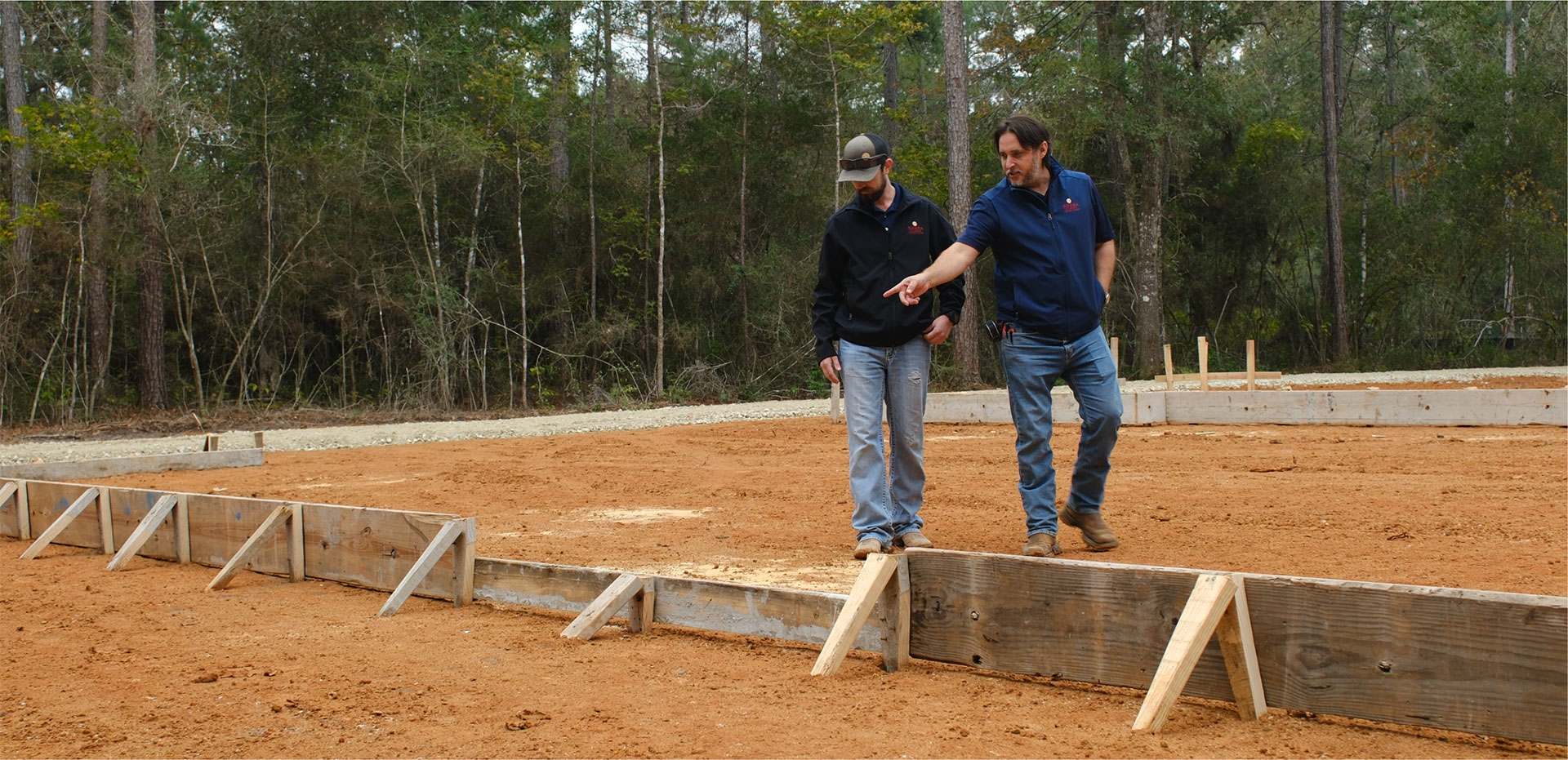
Step 3: Engaging Professionals
Working with the right professionals can save you from making costly mistakes and provide you with
valuable guidance.
A local agent with experience in land sales can be an invaluable resource. They can assist in finding properties that match your criteria, provide market insights, and help you navigate the negotiation process.
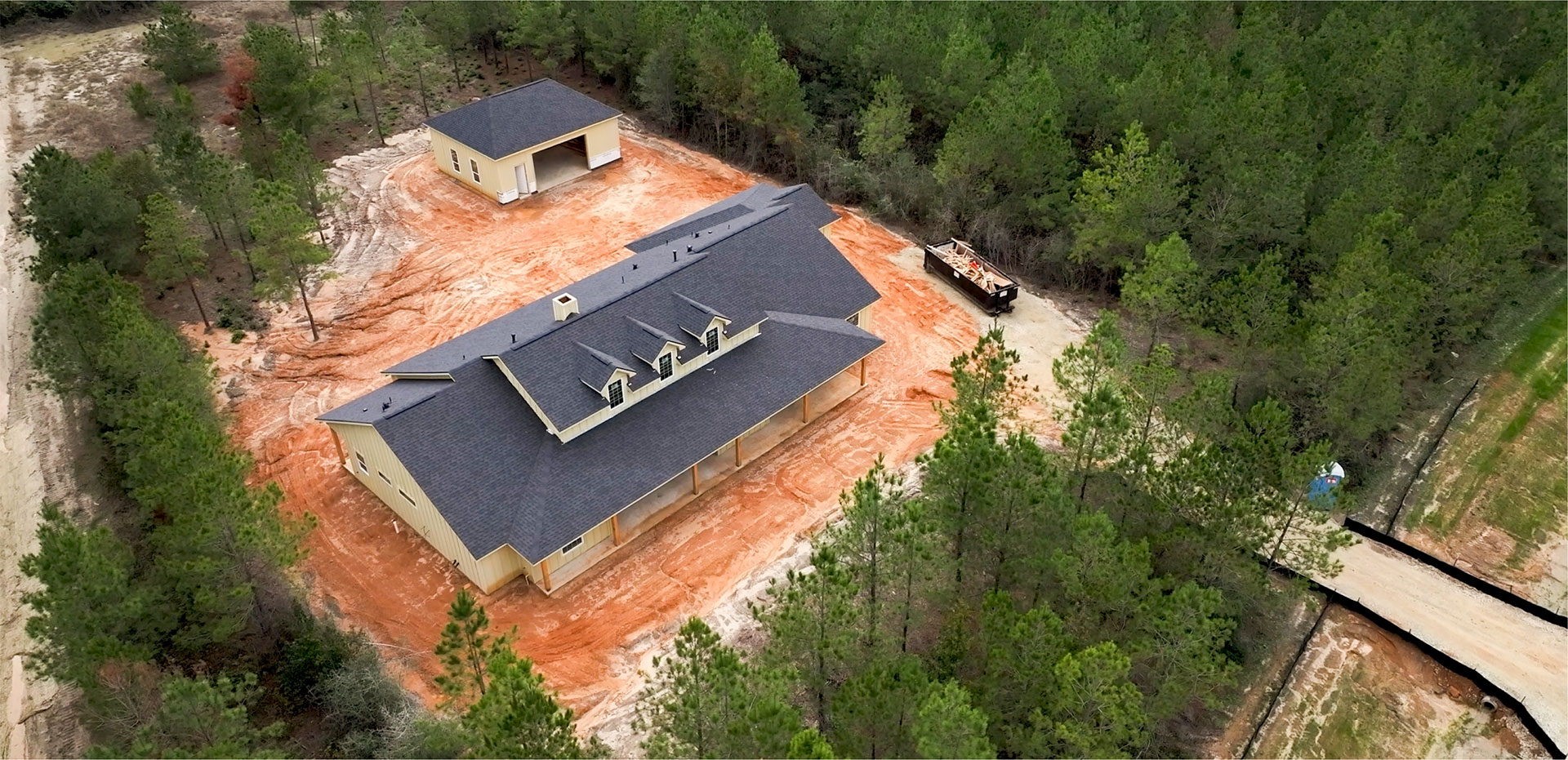
Step 4: Conducting Due Diligence
Due diligence is the research and investigation into the details of the land you’re considering purchasing.
VERIFY PROPERTY OWNERSHIP AND BOUNDARIES
Obtain a current survey and ensure that the seller has clear title to the property. This will also confirm that the land isn’t encumbered by easements that could affect your plans.
CHECK ZONING REGULATIONS AND RESTRICTIONS
Understand the zoning laws that govern the use of the land. Ensure that you can use the property as intended, and that there are no restrictions that would be red flags for your design and building plans.

Step 5: Assessing Site Suitability
Site suitability encompasses a range of physical and environmental factors that can affect both the
viability and potential costs of developing the land.
EVALUATE SOIL CONDITIONS, DRAINAGE, AND TOPOGRAPHY
The soil type will impact your foundation and drainage can affect water run-off and landscaping plans. Also, consider how the land’s topography could affect the construction process and site access.
CONSIDER ENVIRONMENTAL FACTORS AND POTENTIAL HAZARDS
Be aware of any environmental concerns, such as endangered species, wetlands, or flood zones. These could limit your use of the property or require additional permits and studies.
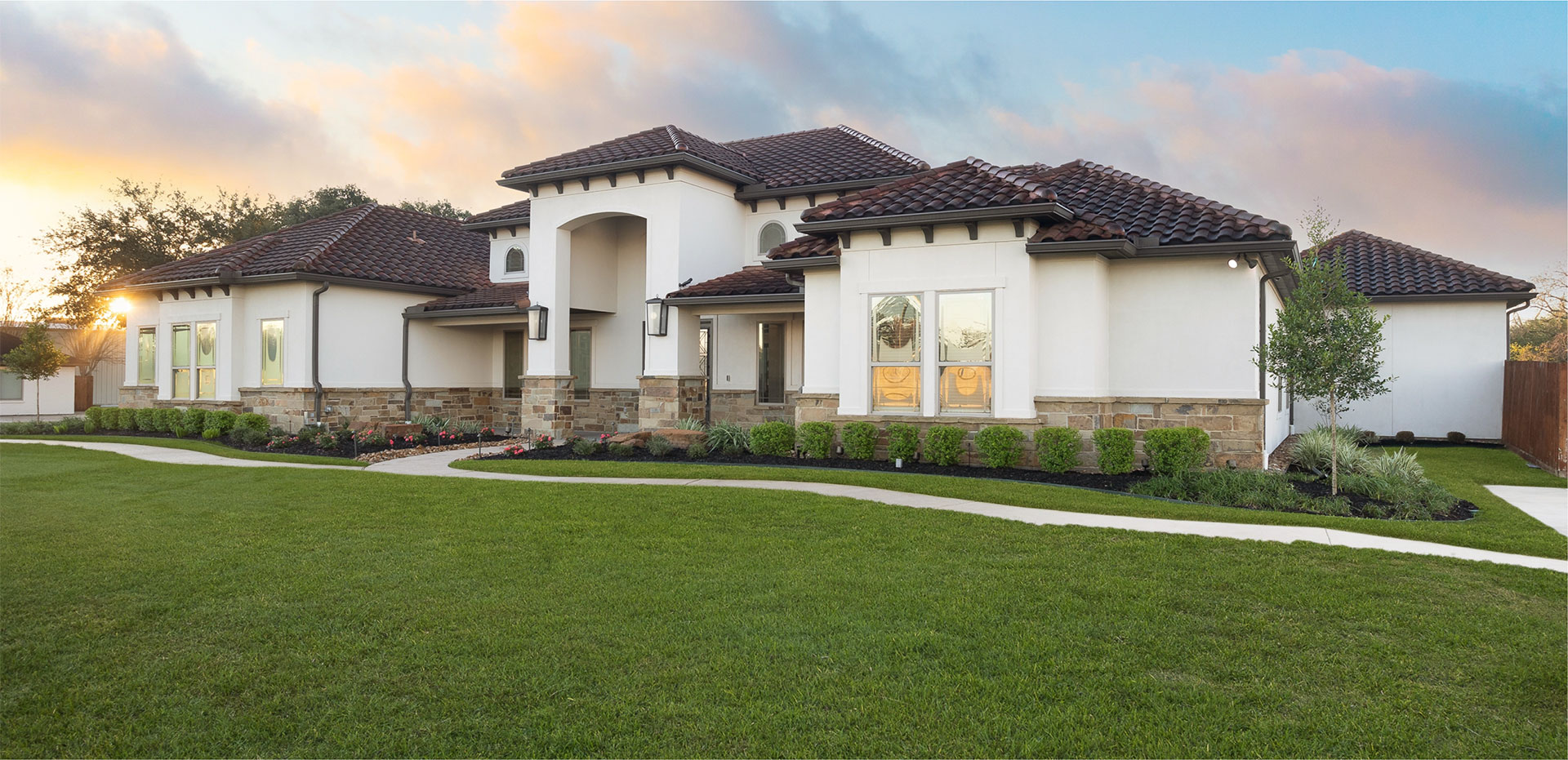
Step 6: Completing the Purchase
The final stage includes the legal transfer of the land and preparing for the development
Conclusion
The purchase of land is a significant milestone on your path to building and buying land for your dream home in Texas. By carefully following the steps outlined in this guide, you will increase the likelihood of finding a property that not only aligns with your vision but also meets regulatory and environmental standards. Start your journey today and soon you will be ready to break ground on the home where your memories will grow.
Ultimately, the land you buy should inspire you and stand as a testament to your accomplishment and life’s work. As you move forward with your purchase, remember that it’s an investment in your dreams, and with preparation, patience, and the right guidance, you’ll soon be on your way to turning that dream into your reality


